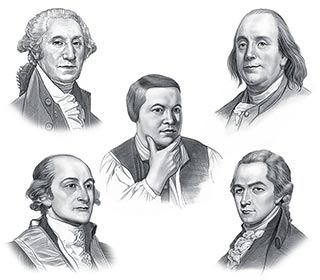Life in the British Colonies
Life in the British colonies was completely different between the New England colonies, Middle colonies and Southern colonies. Economic activities and trade were dependant of the environment in which the American Colonists lived. So what was life like in the British colonies in 1763?
Fact 1: The geography and climate impacted the trade and economic activities of British Colonies in Colonial Times
Fact 2: Land was controlled by the wealthy and labor was performed by slaves, criminals or by Indentured Servants
Fact 3: Life in the New England Colonies: New England consisted of mountains, trees, rivers and poor rocky soil that was difficult to farm and unsuitable for crops. Life centered around fishing, the fur trade and commerce.
Fact 4: Life in the Middle Colonies: The Middle colonies had fertile soil and land that was suited to farming refer to Colonial Food. These were the big food producing regions that included corn and wheat and livestock. Their industries included the production of iron ore, lumber, textiles, furs and shipbuilding
Fact 5: Life in the Southern Colonies: The warm climate of the South made it possible to grow crops throughout the year and was ideally suited for Plantations. The plantations produced 'cash crops' of tobacco, cotton, rice and indigo (dye) and this type of agriculture system was based on Slave Plantations
Fact 6: Town life existed in the New England and Middle Colonies but was little known in the South, particularly in Virginia
Fact 7: Government: The governing body aiding the King, were the Lords of Trade and Plantations in London. Under them in America were the royal and proprietary governors, who, with the local colonial legislatures managed the affairs of the British colonies - refer to Colonial Government
Fact 8: Religion: The different types of religions practised also varied from one colony to another. New England was Puritan. The Middle and Southern Colonies were not dominated by a single religion which gave way to more liberal attitudes and some religious freedom. Refer to Religion in the Colonies
Fact 9: Taxes - The American colonists were becoming increasingly incensed by the demands made and taxes required by Great Britain, the sovereign state. Taxes in the Colonies were to become a major issue...
Fact 10: Triangular Trade: The Triangular trade routes were pivotal to the practise of Mercantilism by Great Britain by which colonies had one main purpose: to enrich the parent country
Fact 11: The purpose of the British colonies was to supply raw materials and serve as a market for the finished goods that would be made in England. It was forbidden by the laws of trade to produce highly profitable 'finished goods'. Nobody was permitted to manufacture iron beyond the state of pig or bar iron, or make woolen goods for export, or make hats.
